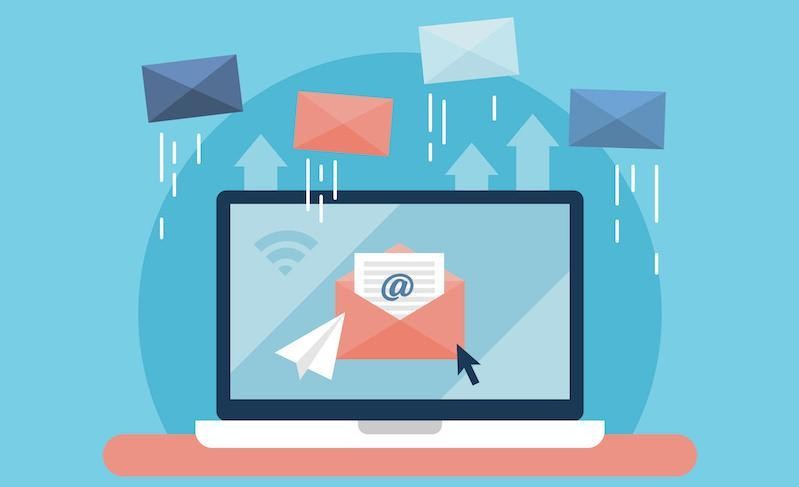Mastering the Art of Email Openers: Crafting Impactful Communication
Mastering the Art of Email Openers: Crafting Impactful Communication
Introduction
In the age of instant messaging and social media, email might seem like a relic from the past, but it remains a powerful tool for effective communication, both in personal and professional spheres. The way you begin an email can set the tone for the entire conversation. Whether you’re reaching out to a potential client, a colleague, or a friend, unlocking the art of email beginnings is crucial for making a lasting impression. This article explores valuable tips for impactful email communication that will help you engage your recipients right from the start. How To Start An Email
The Power of a Strong Email Opener
Your email’s opening lines are like the first impression you make during a face-to-face meeting. They determine whether your recipient will be eager to read on or hit that delete button. To ensure your emails have the desired impact, consider the following strategies:
- Be Concise and Relevant: Start with a clear and concise statement that immediately addresses the purpose of your email. Avoid lengthy introductions or irrelevant pleasantries.
- Personalization: If possible, personalize your opening by addressing the recipient by name. This simple touch can make your email feel more genuine and less like a mass message.
- Engage with a Question: Pose a thought-provoking question that encourages your recipient to think and respond. It shows that you value their input and sets the stage for a meaningful exchange.
- Express Gratitude: If you’re writing in response to something, begin by expressing gratitude. Whether it’s thanking someone for their time or acknowledging a recent event, it adds a human touch to your email.
- Use Active Transition Words: Employ active transition words like “imagine,” “picture,” “consider,” and “explore” to stimulate engagement and curiosity right from the start.
Crafting Impactful Subject Lines
The subject line is your first opportunity to capture your recipient’s attention. It should be engaging, and relevant, and provide a glimpse of what’s inside. A well-crafted subject line can significantly improve your email’s open rate. Here are some tips:
- Be Specific: Avoid vague subject lines. Instead, clearly state the purpose of your email. For example, instead of “Update,” use “Important Project Update: Action Required.”
- Keep It Short and Sweet: Subject lines should ideally be under 50 characters to ensure they display correctly on various devices. Shorter subject lines are also more likely to be read.
- Create Urgency: If applicable, add a sense of urgency to your subject line. Words like “deadline,” “urgent,” or “limited time offer” can encourage recipients to open your email promptly.
- Use Emojis Sparingly: Emojis can add a touch of personality to your subject line, but use them sparingly and ensure they are relevant to the content of your email.
- Avoid All Caps and Excessive Punctuation: Writing in all capital letters or using excessive punctuation (!!!!) can come across as unprofessional and spammy. Stick to proper capitalization and punctuation.
FAQs on Email Beginnings
Q1: How can I make my email openers more personal? A1: To make your email openers more personal, use the recipient’s name, refer to previous interactions, or include a friendly greeting that relates to your relationship.
Q2: Should I always use a formal tone in email openers? A2: Not necessarily. The tone of your email opener should match the context and your relationship with the recipient. It’s important to strike the right balance between formal and informal.
Q3: What are some common email opener mistakes to avoid? A3: Common mistakes include starting with a generic “Hi” or “Hello,” using excessive jargon, and neglecting to state the purpose of your email clearly.
Q4: Is it okay to use humor in email openers? A4: Humor can be effective, but it’s essential to gauge your recipient’s personality and the context. What might be funny to one person could be offensive to another.
Q5: How can I test the effectiveness of my email openers? A5: You can test your email openers by tracking open rates and response rates. Experiment with different approaches and analyze the data to see what works best for your audience.
Conclusion
Email communication remains a vital tool for connecting with others, both personally and professionally. By mastering the art of email beginnings, you can enhance your ability to engage, inform, and build relationships. Remember to keep your openers concise, relevant, and engaging, and pay attention to your subject lines to capture your recipient’s attention. With these tips in mind, you’ll be well on your way to crafting impactful email communication that leaves a lasting impression. Unlock the potential of your emails and watch your connections flourish.
In a world of digital interactions, it’s the personal touch that sets you apart. So, start your email on the right foot, and who knows where the conversation might lead?
